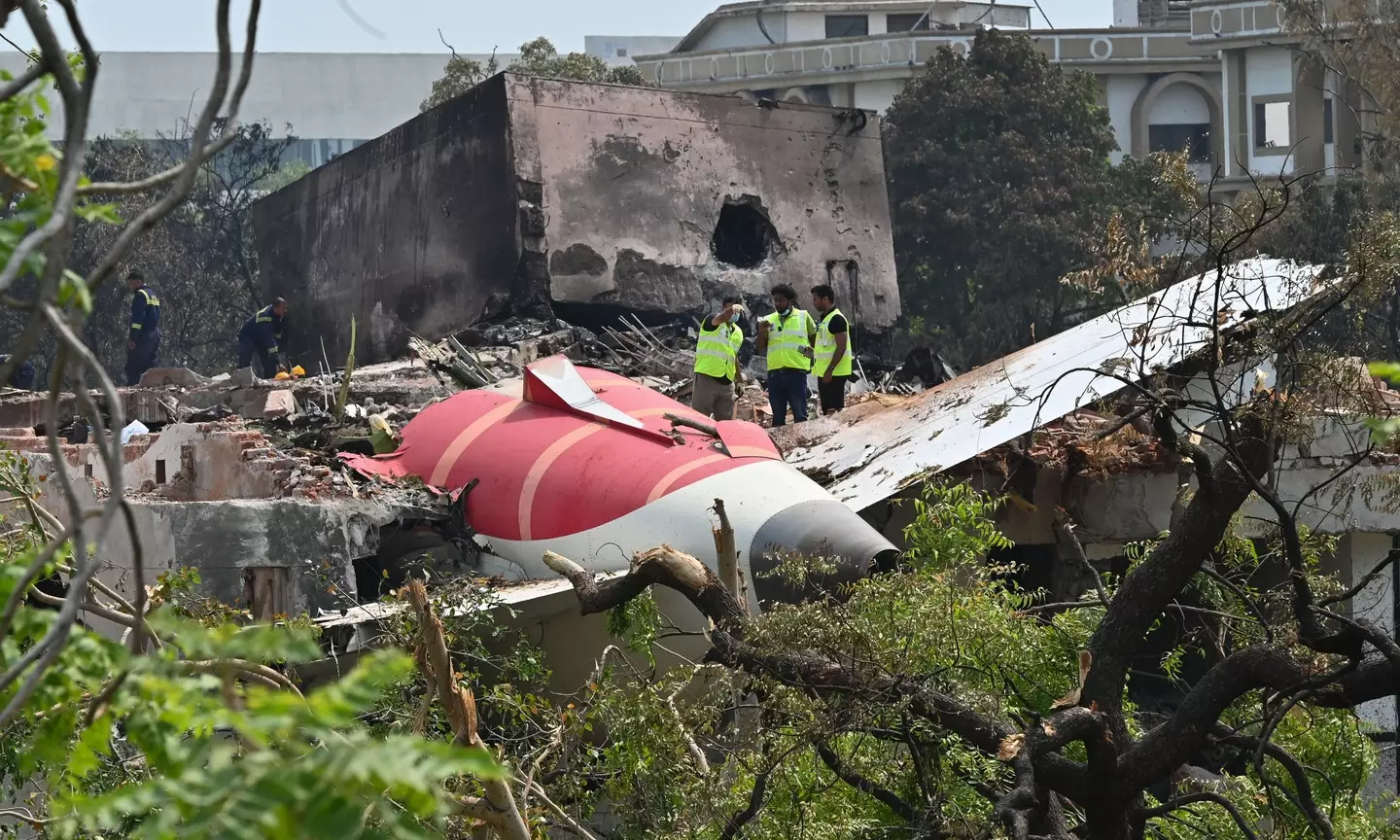A demonstration showcasing the operation of a fuel switch on a Boeing 787 Dreamliner has contributed to a chilling theory surrounding the tragic Air India crash.
Air India Flight AI171, destined for London Gatwick, crashed only 30 seconds after departing from Ahmedabad airport in western India last month.
The aircraft carried 242 passengers, including 169 Indian nationals, 53 British nationals, one Canadian national, and seven Portuguese nationals, as stated by Air India.
Tragically, the crash claimed the lives of 241 individuals, leaving only one survivor, 40-year-old Vishwash Kumar Ramesh.
India’s Aircraft Accident Investigation Bureau (AAIB) initiated an investigation into the incident, releasing a preliminary report on Friday, July 11.

The AAIB discovered that the plane’s fuel control switches in the cockpit had been manipulated, leading to fuel starvation for the engines.
The investigation noted a conversation between the pilot and co-pilot about the sudden cut-off of fuel supply to the engines preceding the crash.
During this exchange, one pilot questioned the other about the engine shutdown, which the latter denied having done.
Aviation specialist David Learmount remarked that ‘it sounds deliberate,’ but acknowledged that ‘pilots sometimes mistakenly perform the wrong action instead of the correct one.’
Fuel switches are crucial for regulating fuel flow to aircraft engines and are typically used by pilots to initiate or halt engines on the ground. They can also be employed to manually shut down or restart engines following an in-flight failure.
A YouTube video by The Aviation Channel illustrates the operation of these switches on a Boeing 787 Dreamliner.
The video emphasizes that the switches must be ‘deliberately lifted’ before being pushed, indicating they are unlikely to be activated unintentionally.
According to Reuters, the flight recorder revealed that the switches for both engines on the Air India flight shifted from ‘RUN’ to ‘CUTOFF’ shortly after takeoff.
This transition caused the engines to lose power, although the switches were returned to ‘RUN’ moments later. At the crash site, both switches were found in the ‘RUN’ position, as per the report.
The report released on Friday explained that when switches are moved from ‘CUTOFF’ to ‘RUN’ while airborne, the control systems for each engine should automatically trigger a relight and thrust recovery sequence.
Aviation expert John Nance commented, as reported by Reuters: “No sane pilot would ever turn those switches off in flight.”
Further information on the Air India crash will be disclosed as the investigation progresses.

